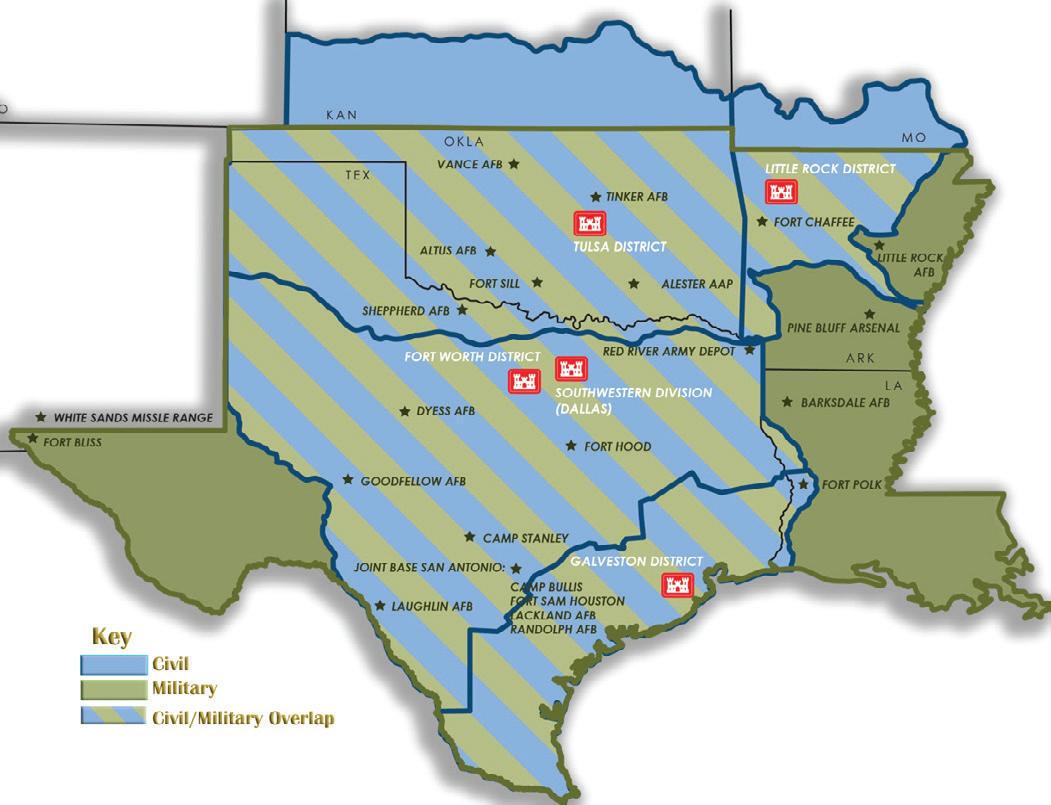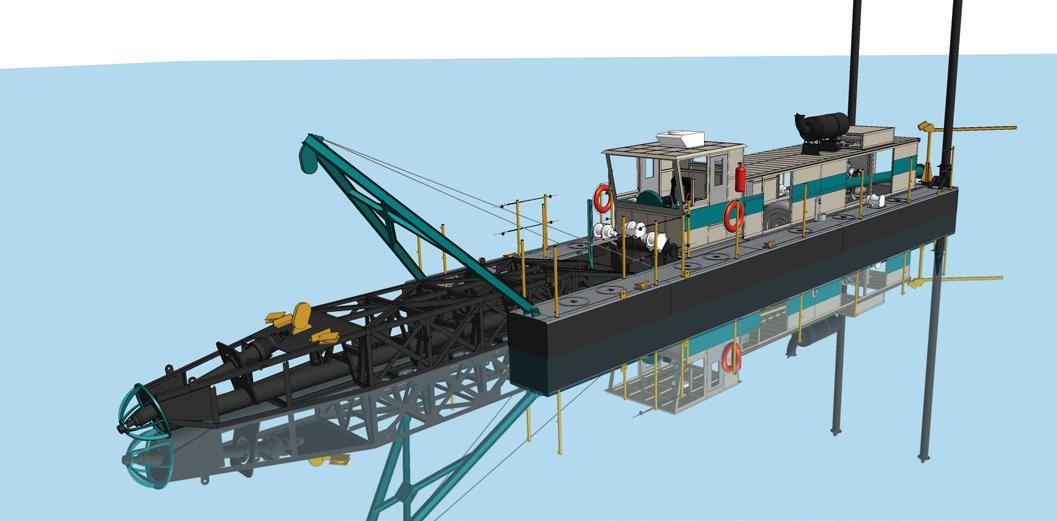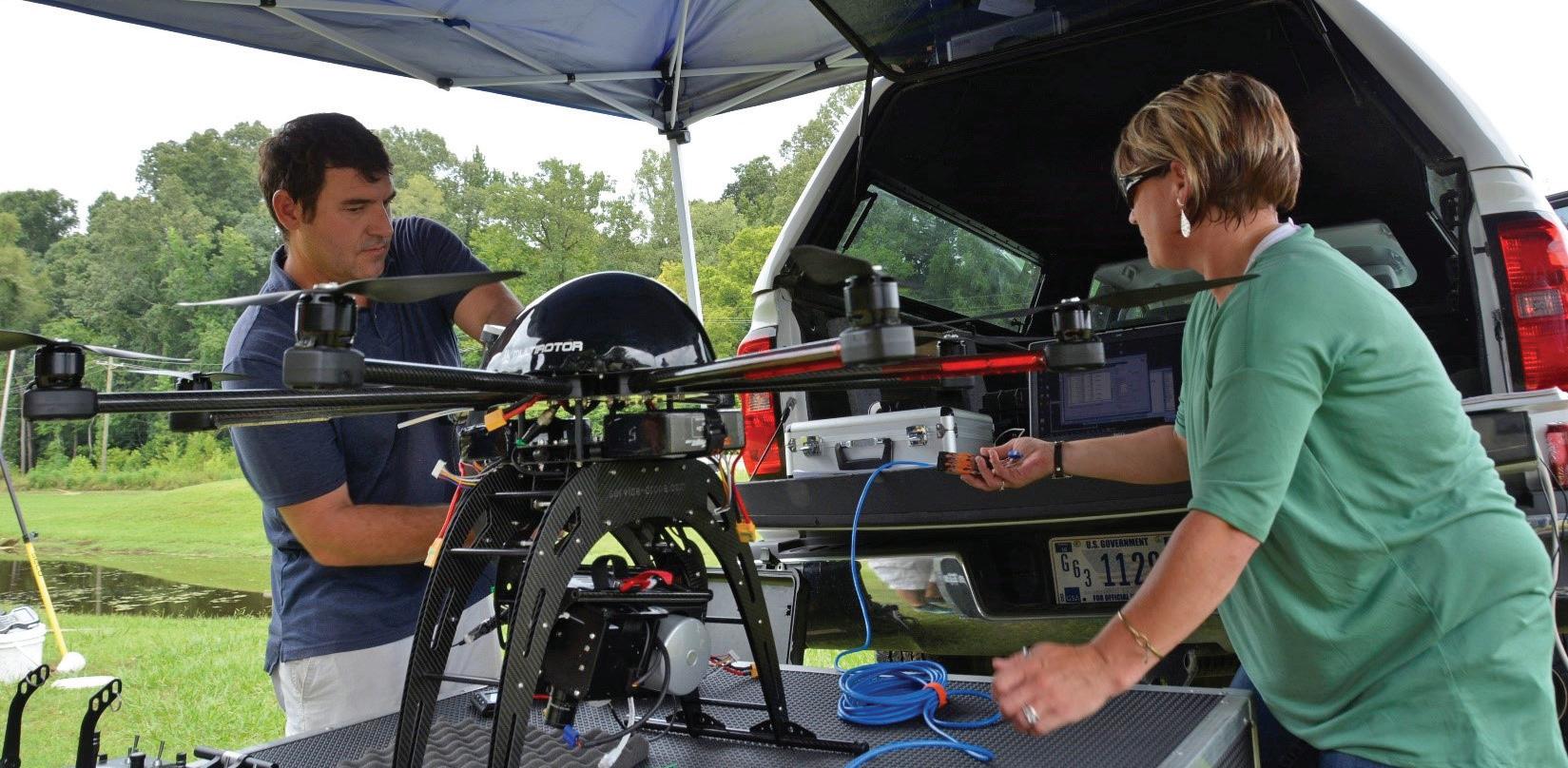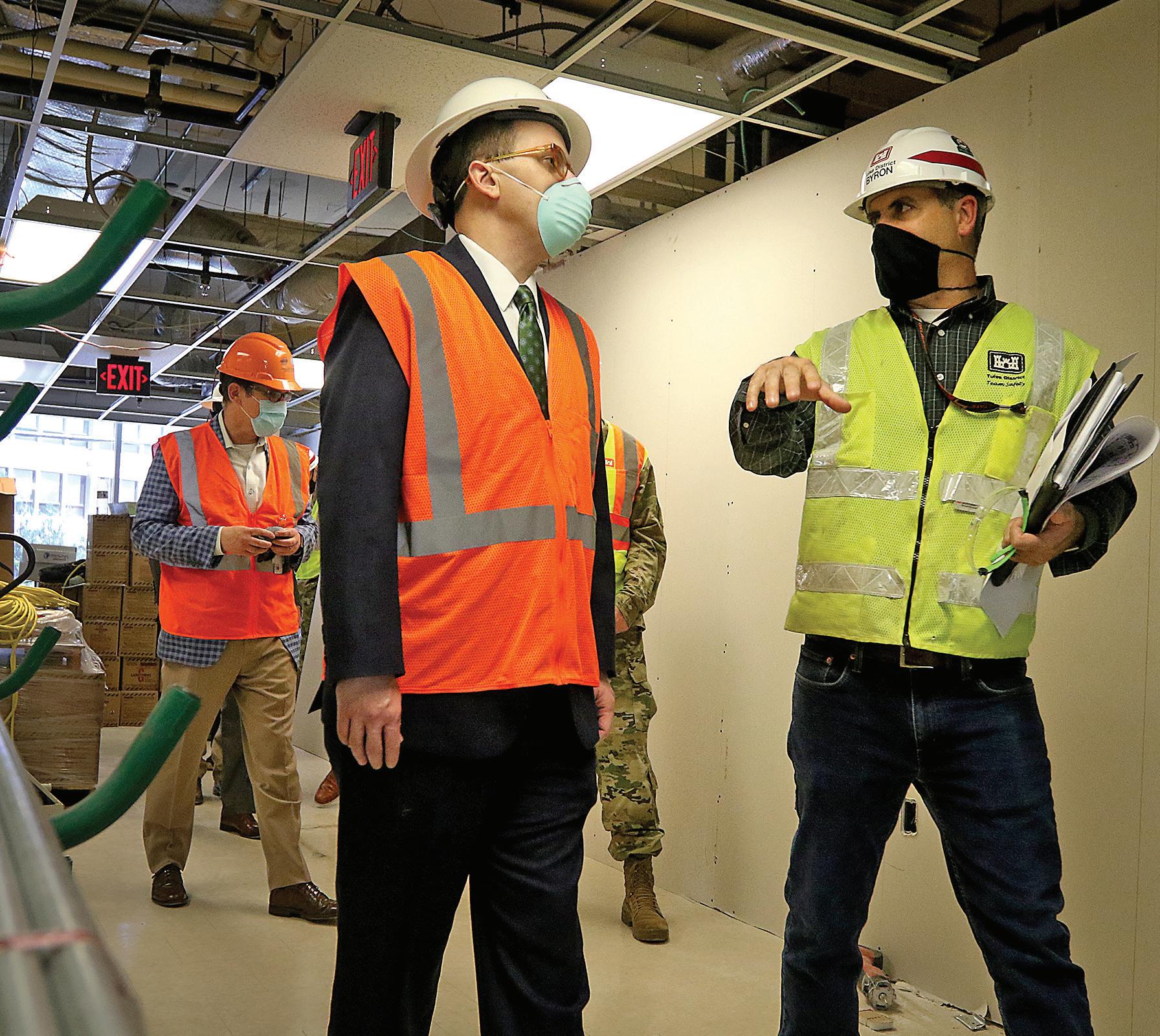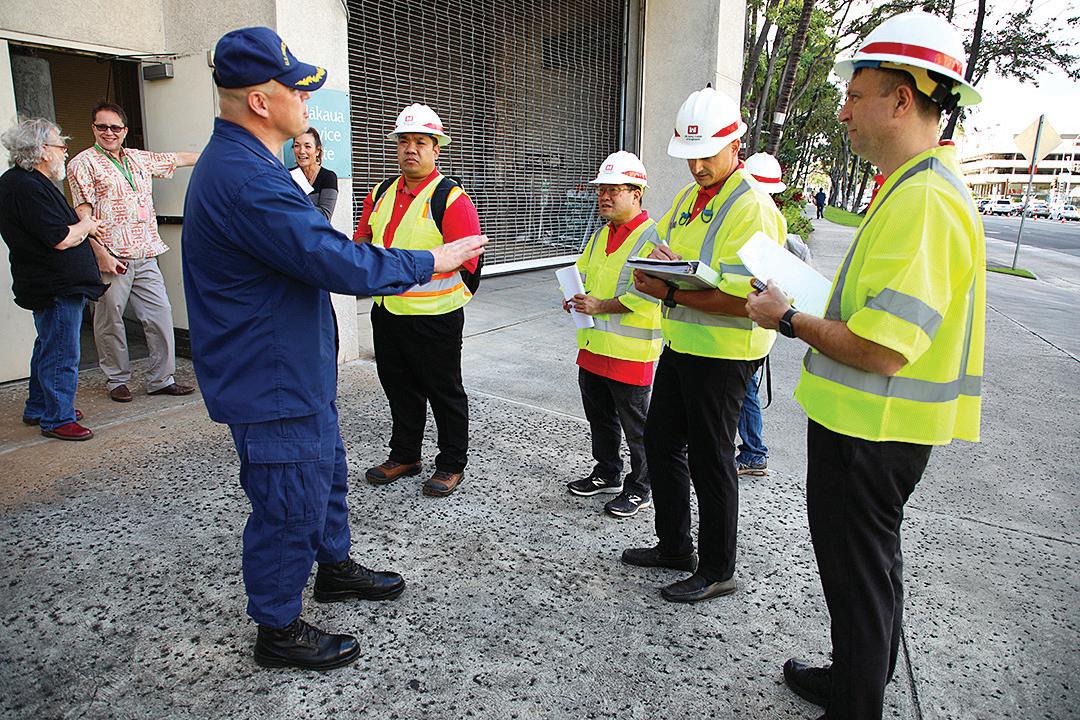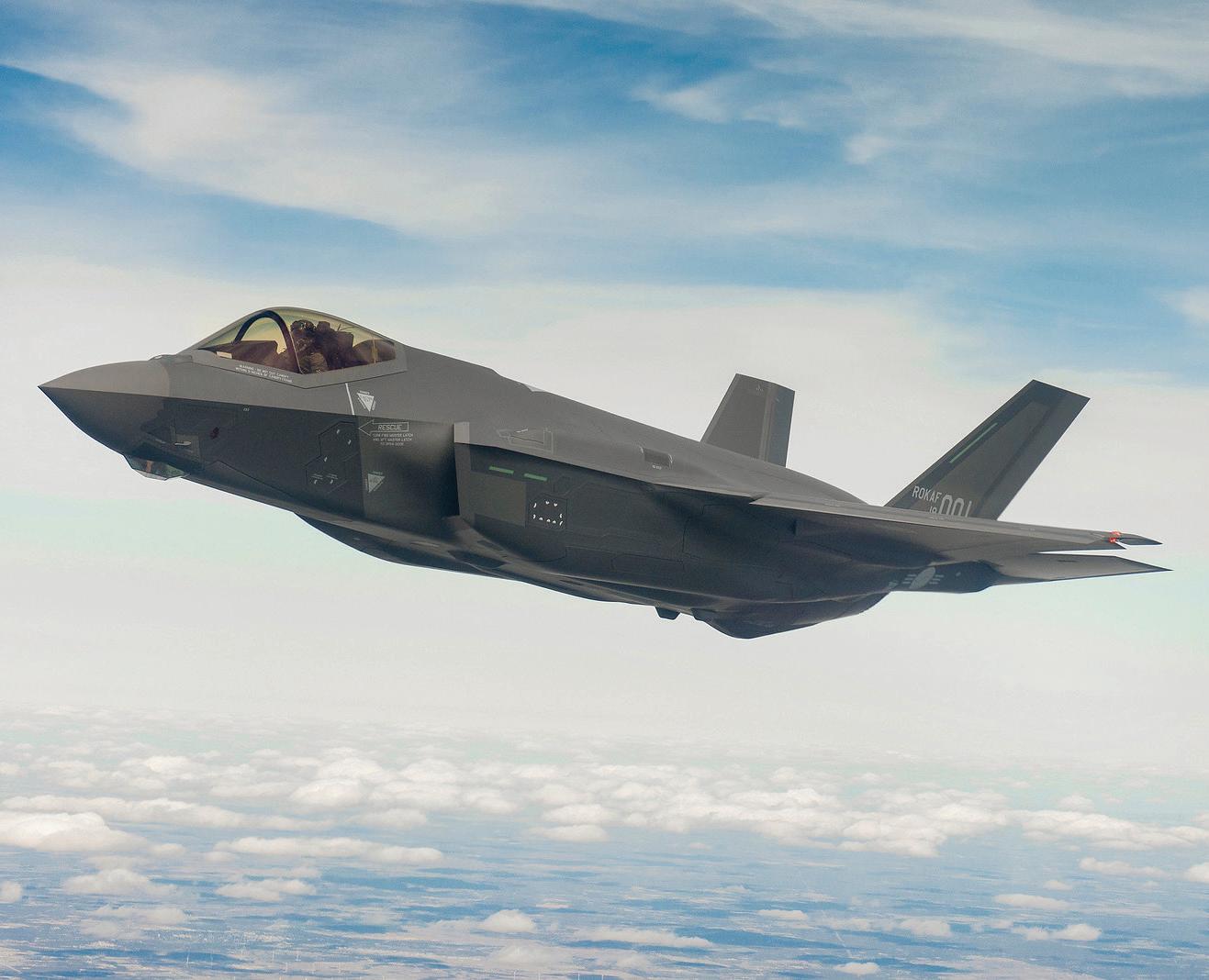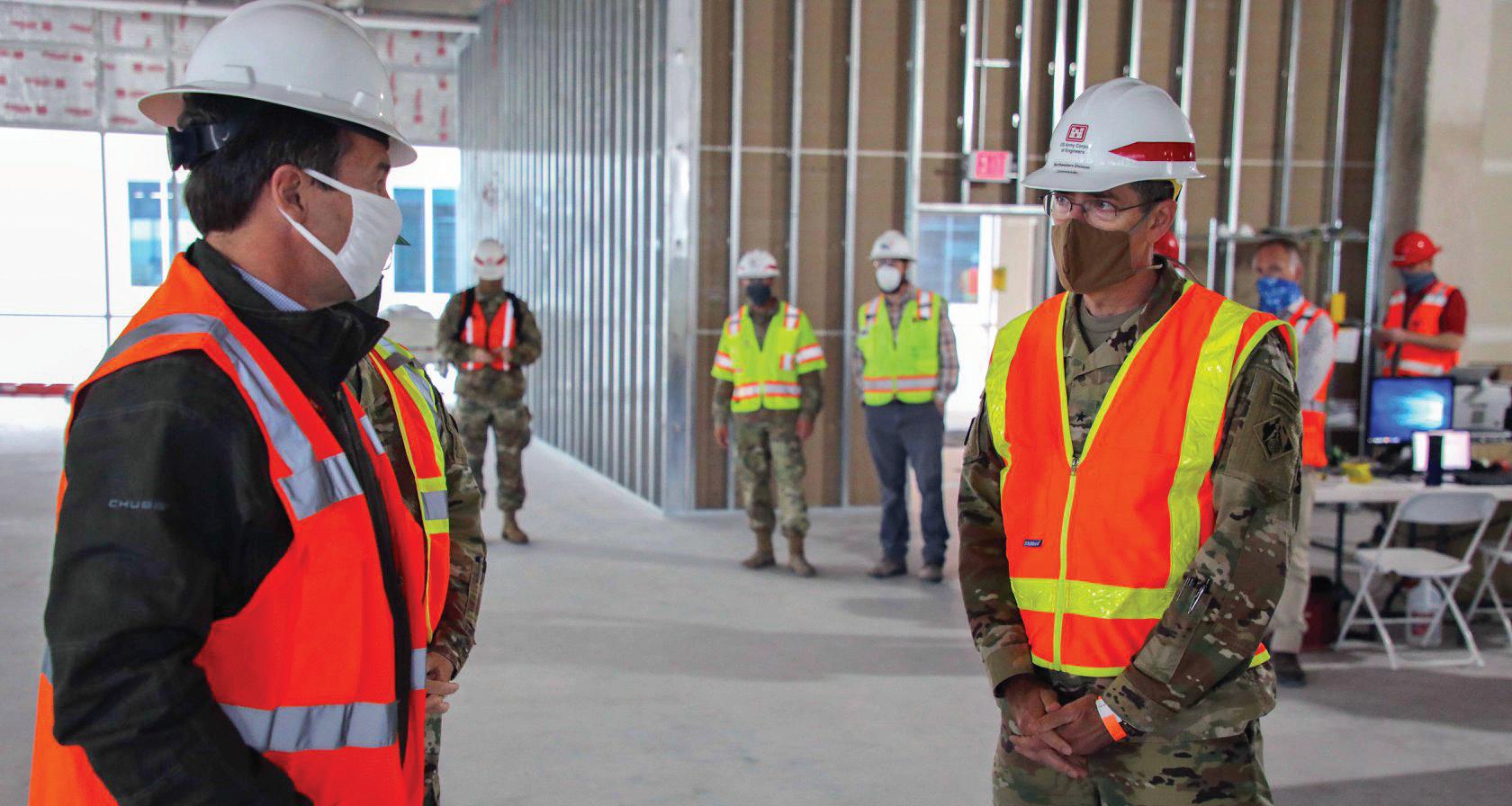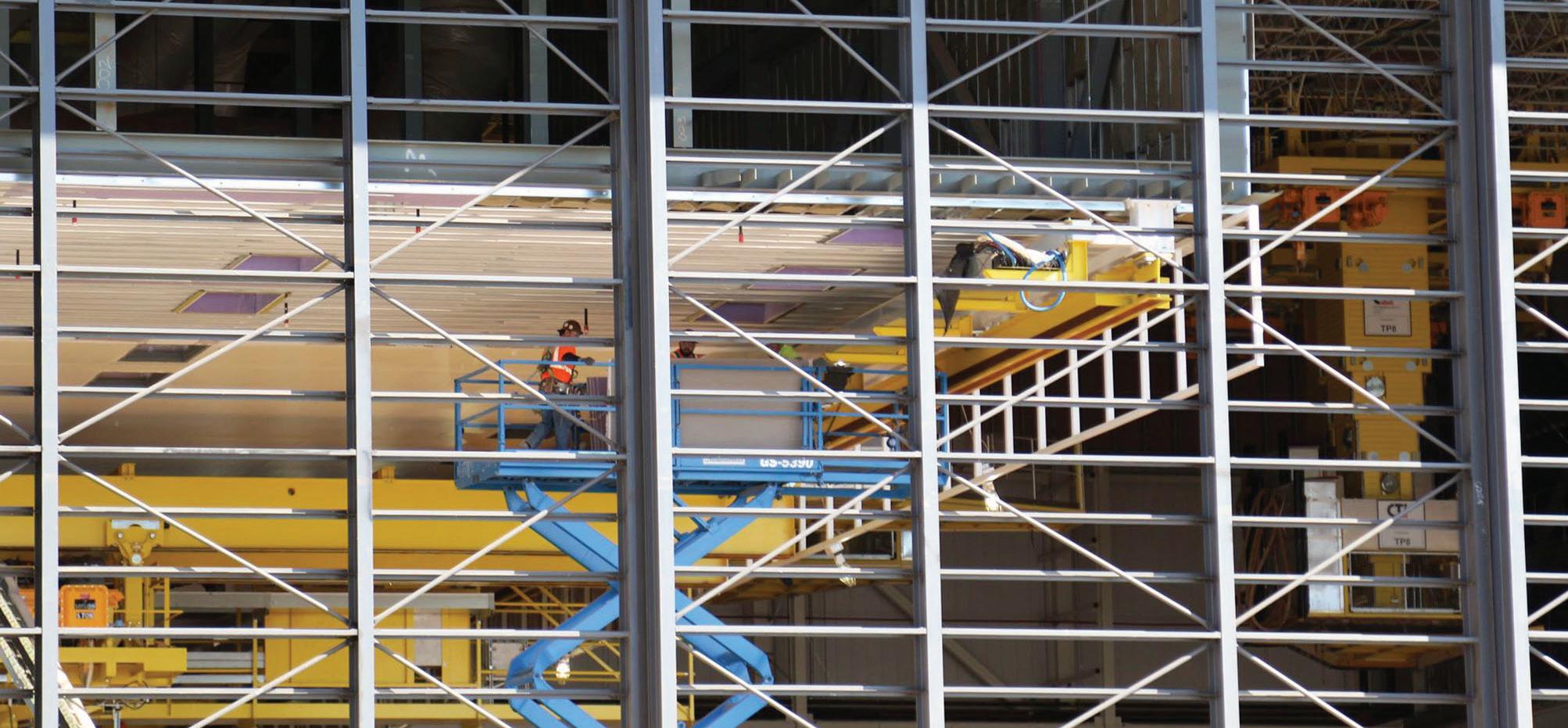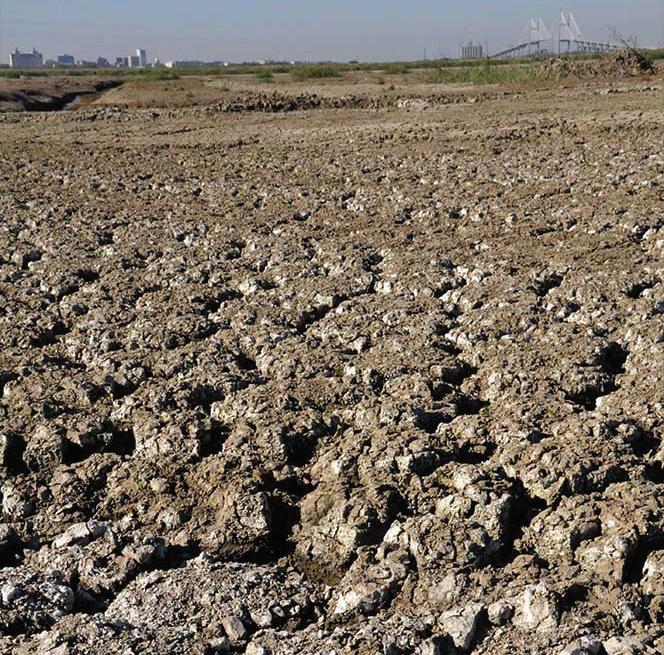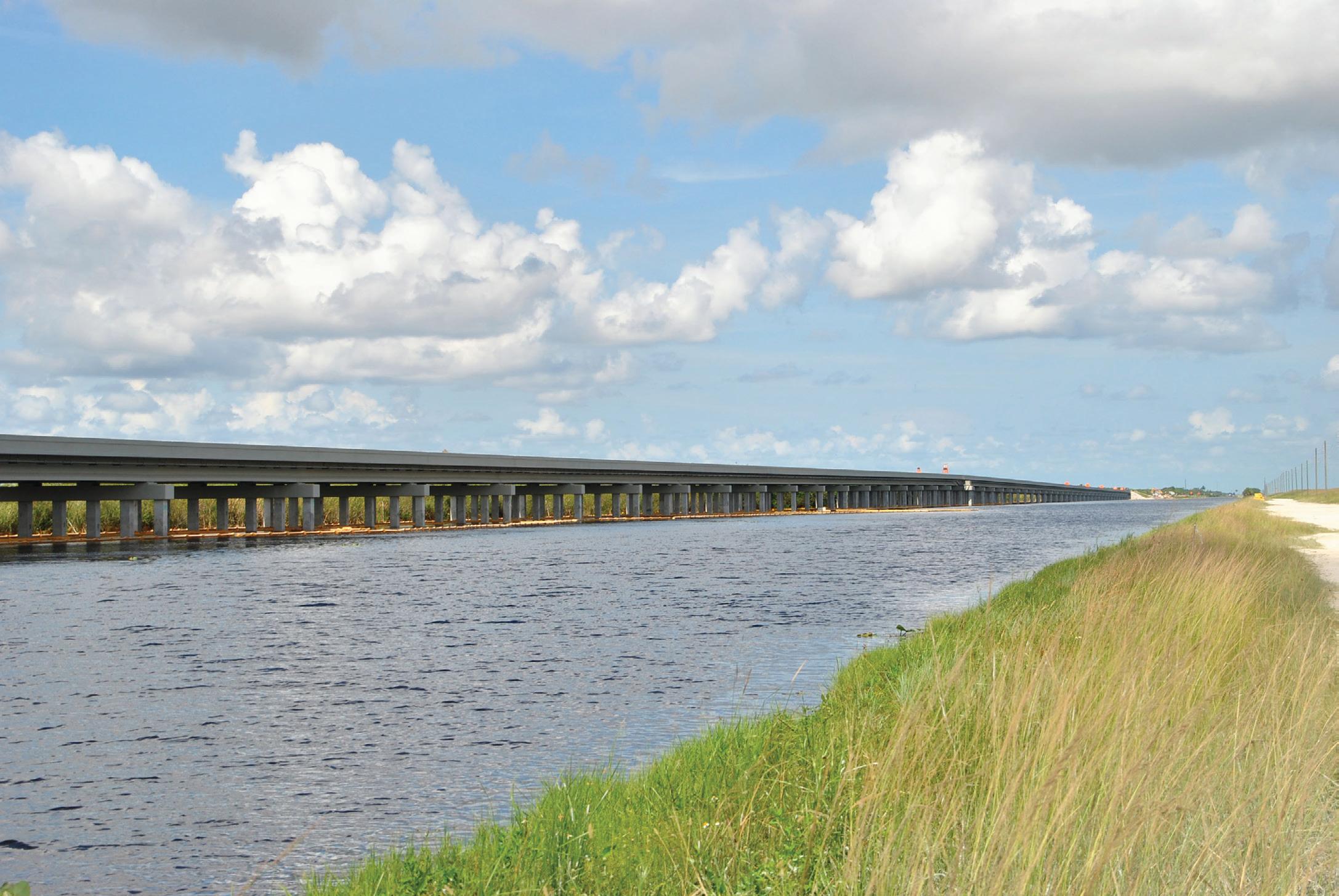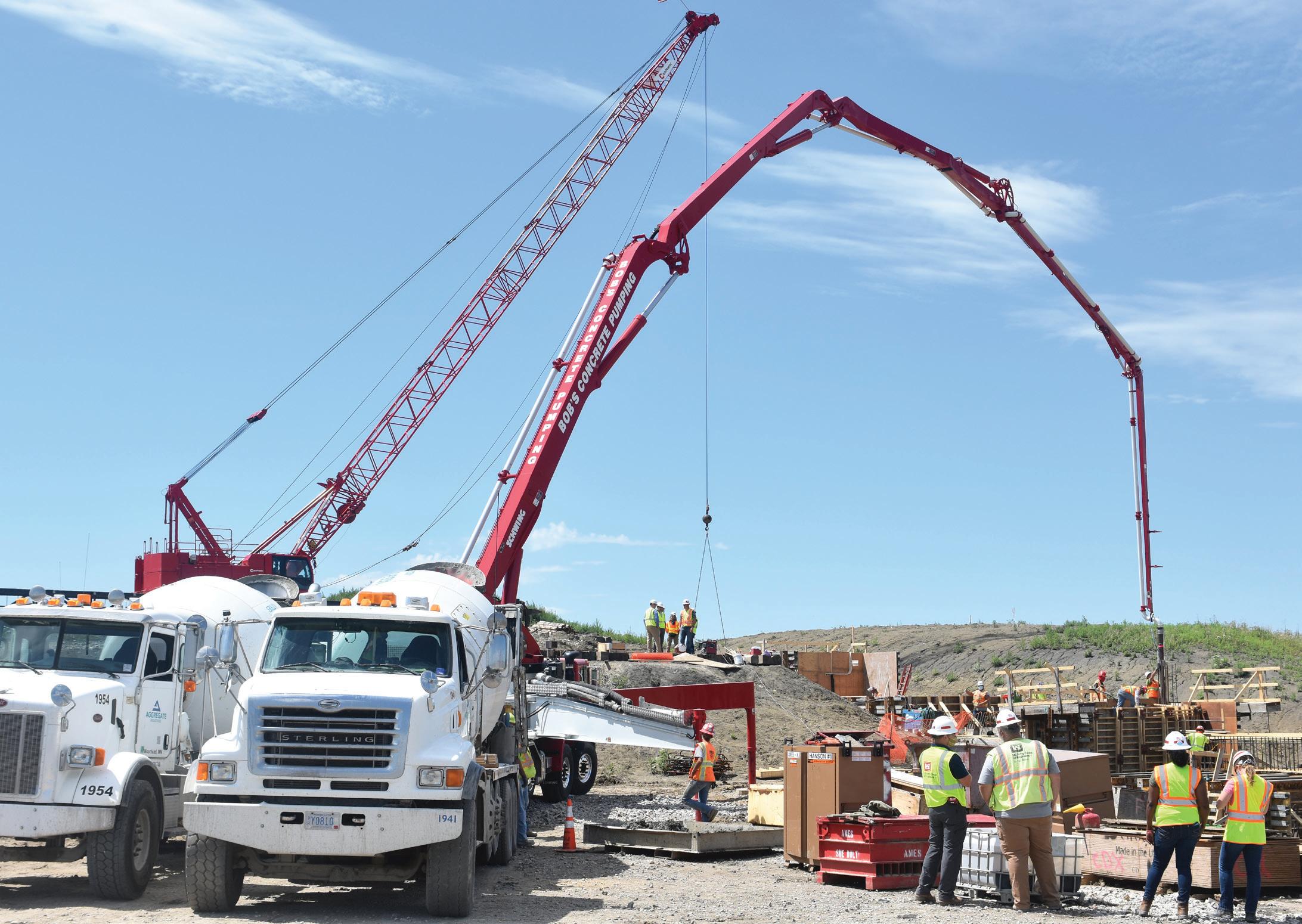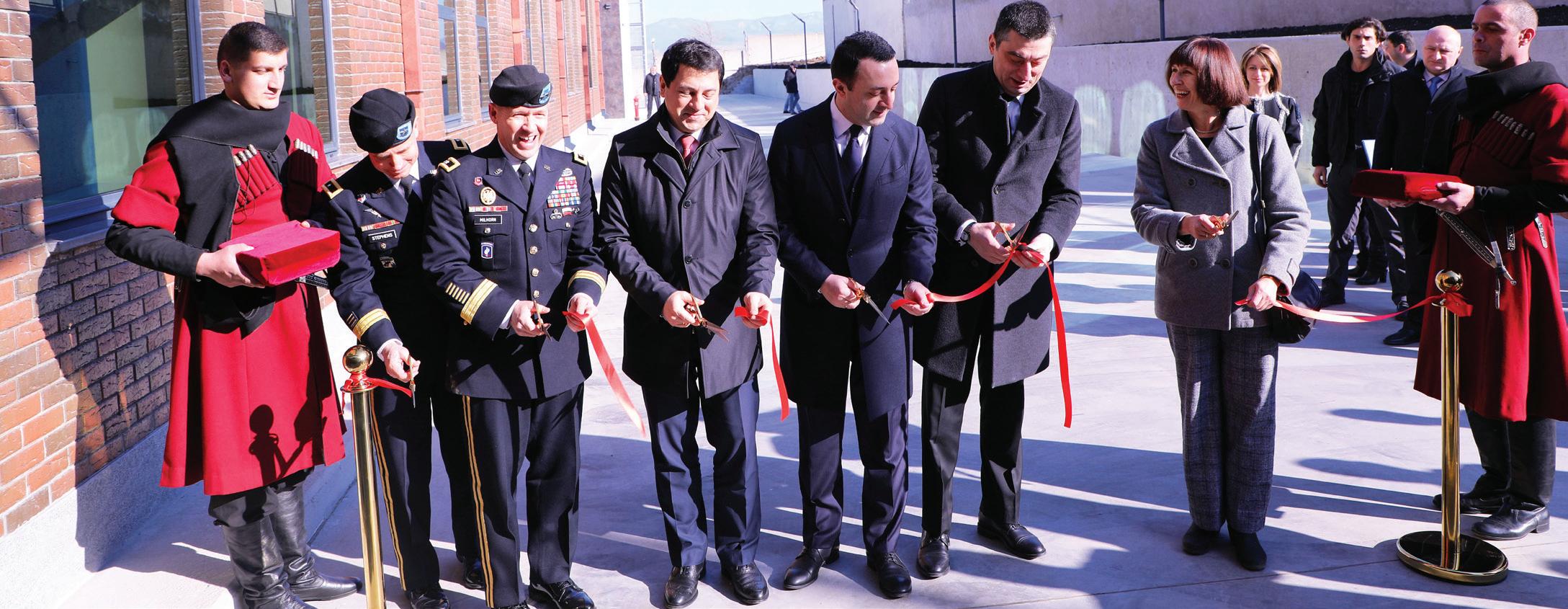PHOTO BY ANTHONY MAYNE
PACIFIC OCE AN DIVISION
Japan District Commander Col. Thomas J. Verell Jr., and members of the JED staff meet with their partners from the Japanese Ministry of Defense to address concerns and find common ground to move forward on the various programs and projects on which they collaborate.
FINDING CONSTRUCTION ALTERNATIVES BY ANTHONY R. MAYNE, Japan District
C
onstruction in Japan is a different challenge than other areas in the world. The Japan District (JED) has taken revolutionary steps to meet those challenges head on with the input and assistance of U.S.-Japanese Alliance partners. United facilities criteria (UFCs) that are commonly used throughout the U.S. Army Corps of Engineers (USACE) enterprise are not always the best options to use in fully developed overseas construction projects. The use of certain UFCs comes with increased costs and unfamiliar standards for Japanese contractors, which make USACE projects less attractive for local contractors, and future repair time and costs are drastically increased. JED has developed acceptable alternatives with
input from our bilateral partners, military and civilian stakeholders, and support of the USACE enterprise.
THIS PROCESS DID NOT HAPPEN OVERNIGHT JED’s Engineering Division served as the spearhead of this project while working with the Construction Division internally to identify the UFCs that were most problematic or that had workarounds through construction methods already established. “In the past few years, JED has addressed the difficulties in both awarding construction contracts and awarding the projects within the programmed amount, or budget,” said Stephen J. Karwan, JED Engineering Division chief. “JED studied the problem, and recognized the need to enable a greater use of local materials that local laborers, contractors, and suppliers are familiar with, instead of overburdening them with typical U.S. technical requirements.” Outreach with military stakeholders, Japanese partners and contractors, and the USACE enterprise assisted JED in identifying UFCs that could be adjusted. These adjustments are not made wholesale. There is a deliberate and thorough vetting process of each UFC to verify whether it can be adjusted to Japanese construction standards and if it should be changed. “We call each of these ‘acceptable alternatives’ because they have been evaluated to be an acceptable, but ‘alternate’ means to meet the quality and performance requirements of our projects,” said Karwan. 111

